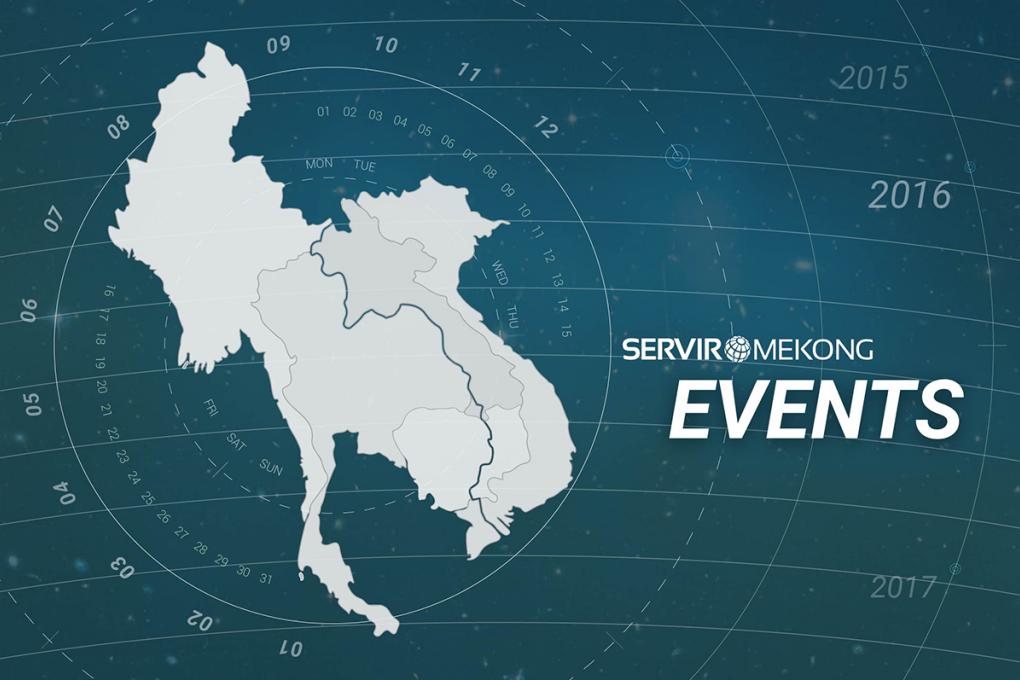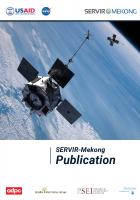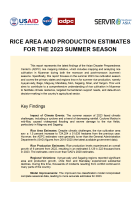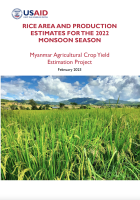12th International Training Course On GIS For Disaster Risk Management
The course not only explains what spatial data is and how it is collected, but also emphasizes on the use of the data during pre- and post-disaster management such as in early warning systems and hazard-, vulnerability-, risk-, and damage assessments as well as in the design of risk reduction measures.

The rapid population growth and urbanization combined with extreme climatic events are causing a swift increase in vulnerability of communities to hazardous events. Unplanned growth both in urban and non-urban areas calls for preparation to reduce the impact of disasters, and there is a great need to utilize disaster risk information in designing effective coping mechanisms.
Disaster risk information is spatial in nature and geographic information systems (GIS) play an important role in disaster risk assessment and management. There is a need to create awareness among disaster management professionals regarding the importance of utilizing GIS.
The curriculum for this course has been re-designed jointly by ADPC, Asian Institute of Technology, the Faculty of Geo-Information Science and Earth Observation of the University of Twente, Netherlands, and the United Nations Institute for Training and Research's Operational Satellite Applications Programme (UNITAR-UNOSAT), with the aim of providing an overview of the use of spatial information in disaster risk management.
The course not only explains what spatial data is and how it is collected, but also emphasizes on the use of the data during pre- and post-disaster management such as in early warning systems and hazard-, vulnerability-, risk-, and damage assessments as well as in the design of risk reduction measures.
COURSE OBJECTIVES
- Upon completion of the course, the participants will be able to:
- Describe and utilize spatial data, geographic information systems (GIS) and remote sensing in disaster risk assessment and management
- Utilize existing sources of historical disaster information
- Apply GIS/remote sensing in hazard, vulnerability, and risk assessment
- Utilize risk information in emergency preparedness planning
- Visualize hazard and risk information
- Apply GIS/remote sensing to post-disaster damage assessment
Contact Information
Training Service Department
Tel: +66 2 298 0682-92
Mobile: +668 7697 7535
Fax: +66 2 298 0012-13
Skype: ADPC_Training
Email: tsu@adpc.net









